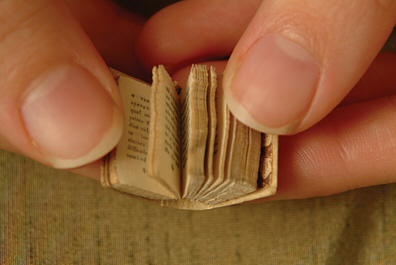Ever since the WACK! catalogue hit the shelves of my museum’s gift shop a few months ago I have been pretty obsessed. So thick it is with information about feminist art! And so lovely to look at! The different sections of the book are printed on different types of paper, so you get that nice stripy effect when you look at it from the side**. The book jacket features Martha Rosler’s Body Beautiful…, 1966–72, and there has been a bit of a hubbub over all those naked ladies (totally busted staring at it by coworker). But the thing about the catalogue that gets me in a huff is this: NO INDEX!.
Maybe the editors felt that the organizational structure of the catalogue was sufficient. Maybe critical essays are too much of a pain to index. Maybe they ran out of money and/or time. Now, I did not see the exhibition at LA MoCA and it isn’t scheduled to dock on the east coast until this Fall, but from what I’ve read the exhibition is purposely dense and loosely organized, freeing the visitor from the didactic chains of, say, wall text or chronology. Maybe the indexlessness of the WACK! catalogue is supposed to mimic this experience–which is said to mimic the experience of the feminist art movement itself–forcing its readers to re-experience what Carol Armstrong in May’s Artforum depicts as “the thrilling (and exasperating) chaos of the moment, the all-over-the-place-free-for-all that was those two decades,” liberated from “lame categories.”

I could talk forever about whether or not categories are lame, but there is a general expectation that any volume hovering around 500 pages should have an index. It’d be nice if, for example, while reading Howardena Pindell’s bio on page 281, I could flip to the index, learn that she’s in an essay on page 429, and see shiny reproductions of her works on page 167. I propose that, in the spirit of the movement, we organize a collective indexing effort. Contributions welcome. I’m serious.
**color reproductions of the art (white glossy); brief bios of the artists (beige matte, purple text!); critical essays (off white matte, black text and purple footnotes!, color reproductions); a chronology of all-women group shows and WACK! checklist (beige matte, purple text!)




 Posted by kristy
Posted by kristy 